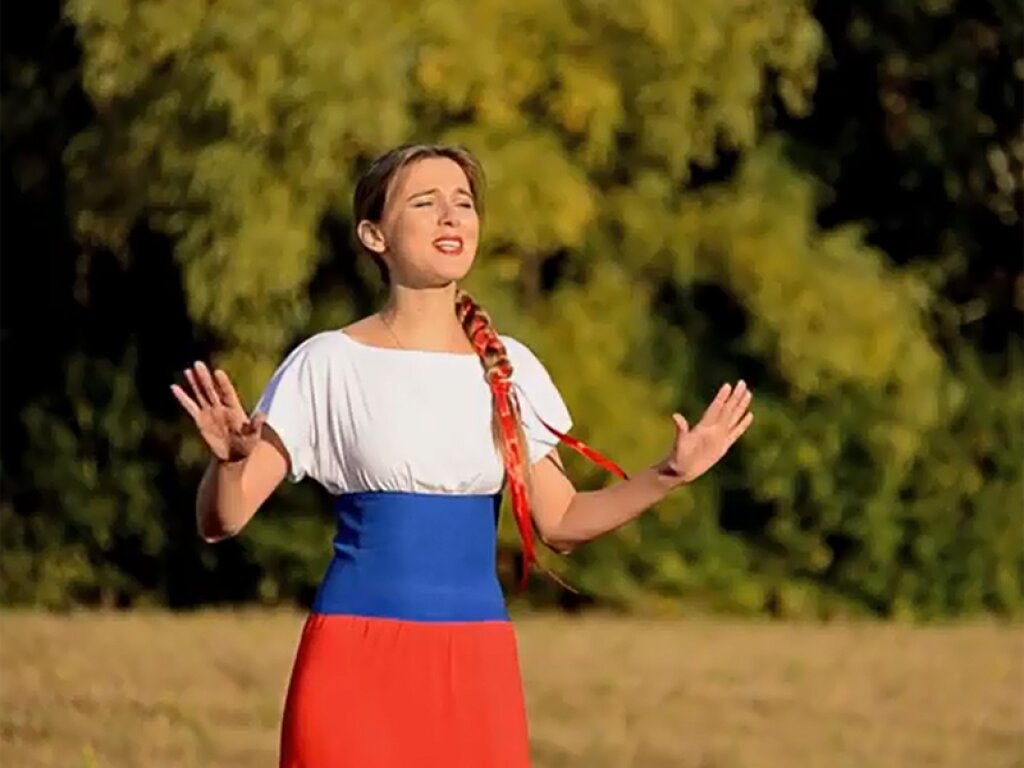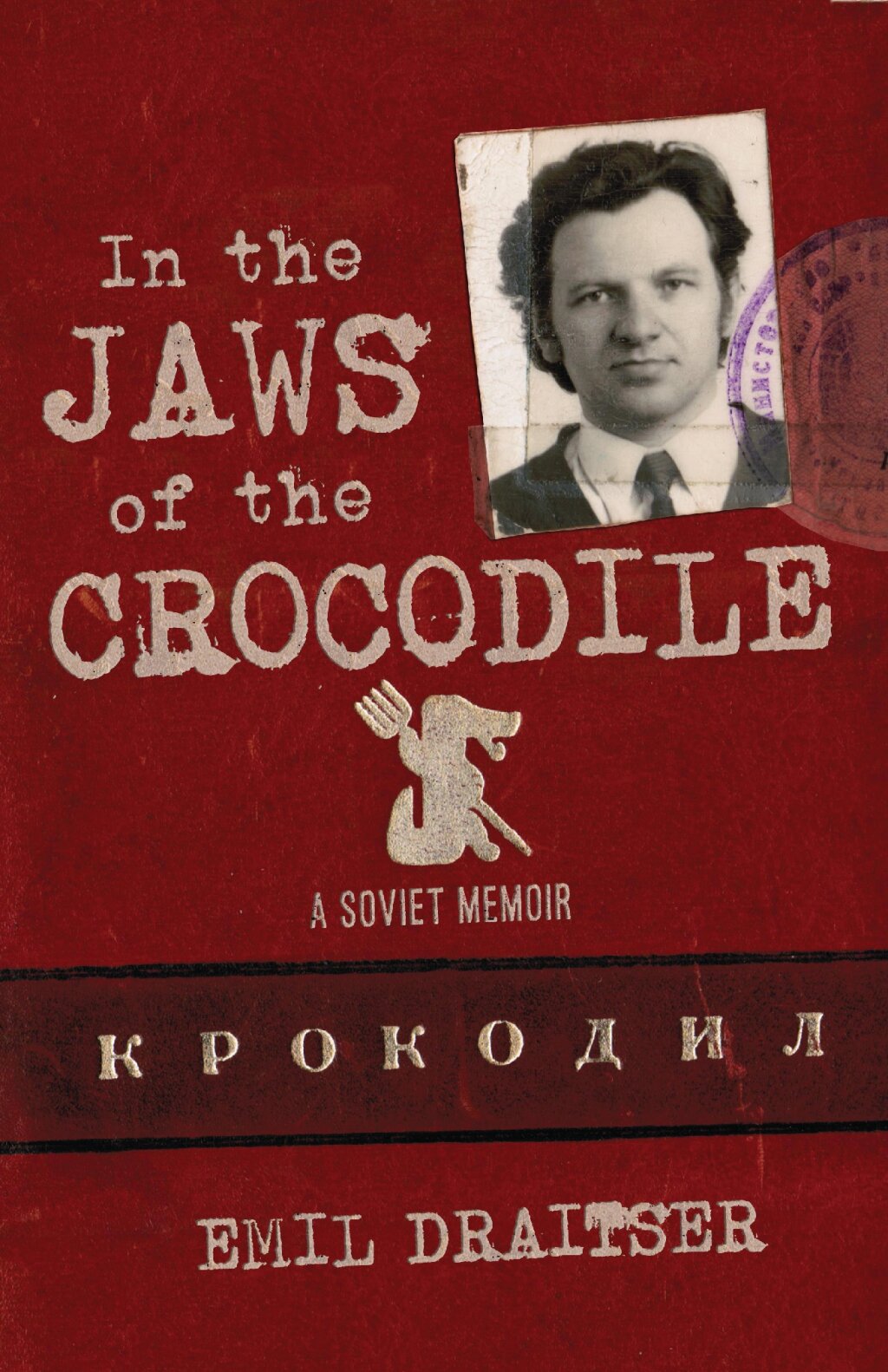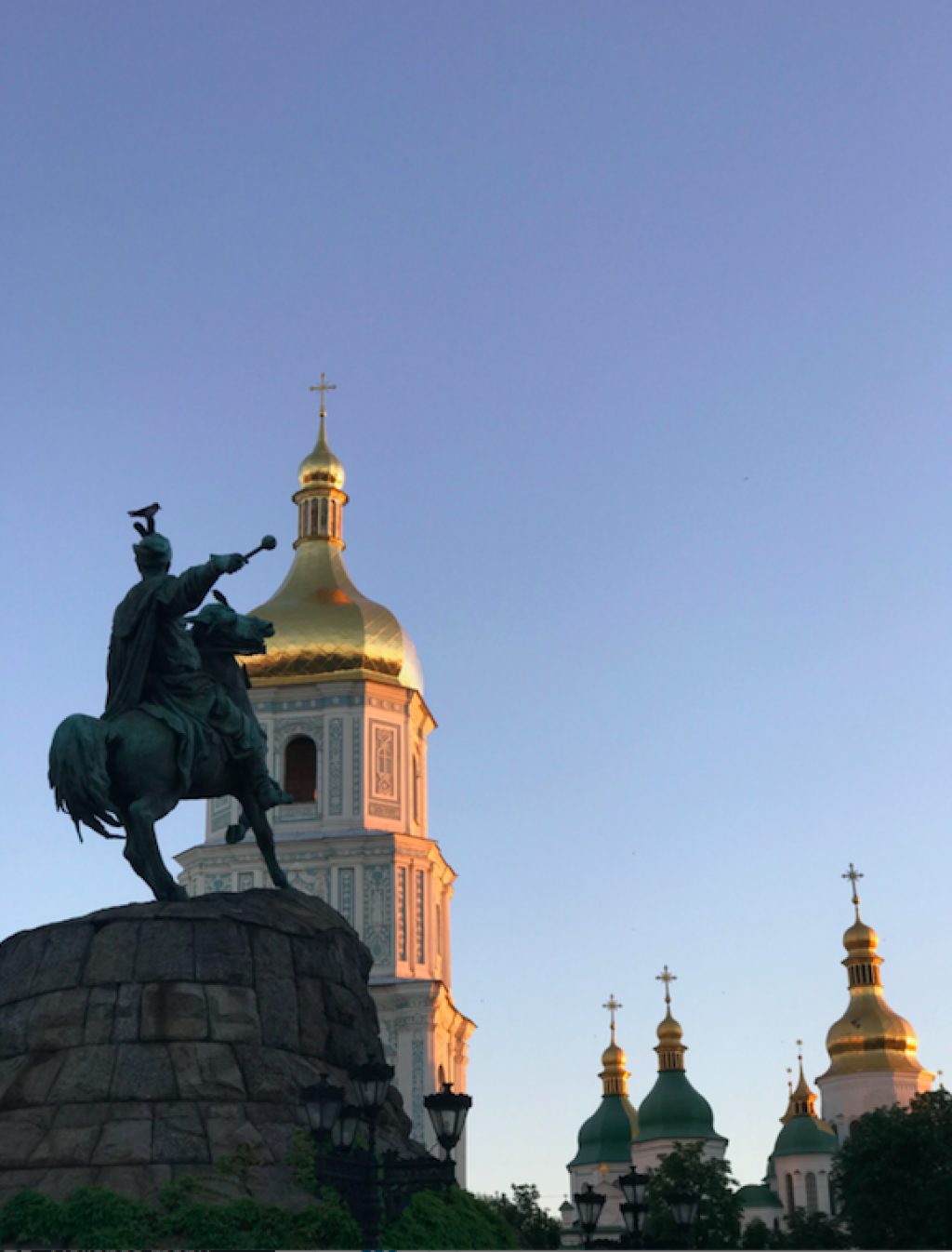Nathaniel Knight is Associate Professor and Chair of History at Seton Hall University
In the annals of post-Soviet kitsch this will surely merit a place. A rock video—surging power chords settling into a bouncy Slavic two-step. The singer appears, a blonde woman with a thick braid tied in a ribbon, in an open field against a backdrop of birches. Dressed in red, blue, and white, the colors of the Russian flag, she sings the praises of her hero--his fearlessness, decisiveness, seeing the road ahead and never turning back. Who is this paragon of manly virtue? “You are Putin! My sweet Putin. I want to be with you. Take me with you.”
At first glance, the video, whose singer goes by the name Mashany May, seems like yet another entry in the familiar catalog of images portraying Putin as a hyper masculine object of desire—Putin bare chested on horseback, Putin wrestling tigers, Putin putting out fires, and, of course, the classic 2002 blockbuster hit “I Want a Man like Putin.” In the current Russian media environment, such outpourings of admiration are anything but spontaneous. Putin’s image is carefully crafted and maintained. We can only assume therefore that this latest Putin video was thoroughly vetted, if not made to order.
But there is more to “My Putin” than feminine yearning. The video continues. The singer appears again dressed in the blue and gold Ukrainian colors. She gropes along the bare brick wall of a darkened room in what appears to be a dungeon. Her face is twisted; she writhes in pain. The scene flashes back to the Russia figure. “You throw down a gauntlet to the world and take back Crimea, and after that, free of all constraints, you will restore our Union.” Ukraine takes up the chorus—“Putin, take me with you. I want to be with you.” “What am I to do?” She asks in the last verse. “Run, run after him,” Russia answers. “he is Putin.” In the final frames we see that a hole has been blasted in wall of the dungeon. Ukraine steps out into the light.
Is it too much to suppose that this video illustrates quite eloquently why many Ukrainians see Putin’s regime as an existential threat to their national sovereignty? In a classic Orwellian inversion the video suggests a world in which independence is captivity and freedom lies in surrendering oneself to the masculine force of Putin’s will. And it is not just the separatist regions that are yearning to be brought out of captivity. Reunification is the destiny of all of Ukraine, symbolized by its emblematic colors. Ukraine and Russia, portrayed by the same person in the video, are one in body and spirit and Ukraine’s suffering will end only when the two are brought together by Putin.
Such irredentist ambitions are nothing new to the conflict in Ukraine. The rhetoric of a New Russia, “Novorossiya,” to which Putin has paid lip service at key moments in the conflict, conveys a powerful though veiled message about the extent of Russian aims. Historical Novorossiya, the lands integrated into the Russian Empire in the wake of Catherine the Great’s victories over the Ottoman Empire in the late 18th century, encompassed Crimea, the Black Sea coast and inland steppe regions stretching west to the Romanian border -- far more than just the territories of Eastern Ukrainian currently under contention. Ideologists of Novorossiya have been quite open at various points in proclaiming their ambition to bring the entirety of this region and more under Russian sovereignty. Aleksandr Dugin, the most outspoken of the lot, has gone still further claiming that the liberation of Novorossiya will be merely the first step in a larger process ultimately leading to the overthrow of the Kiev government and the liquidation of an independent Ukraine.
Does this mean that we can expect a full-fledged open invasion of Ukraine by Russia in the immediate future? I, for one, am skeptical. No one can know Putin’s mind, and the influence of Dugin and his ilk is a matter of debate. Up to now, however, Putin’s actions have been opportunistic and clandestine. Against all evidence to the contrary, he has maintained the elaborate façade of Russian non-involvement, avoiding the appearance of an open state of war. Yet he also drew a line in the sand in the August 2014 intervention, signaling that he would not permit the forces of Novorossiya to fall to defeat. Since then the fighting has continued despite the Minsk ceasefire and has recently seen a major upsurge. Significant new territory has come under the control of the “People’s Republics” in Donetsk and Luhansk, and a new front has been opened in the direction of Crimea and the remaining lands of Novorossiya.
All of this suggests that Putin and his allies will not be satiated by arrangements to secure the autonomy, independence or even annexation by Russia of the separatist regions of Eastern Ukraine. A new ceasefire agreement, however necessary it may be to ease the unimaginable suffering of the local population, will not bring an end to the conflict. It is the very existence of an autonomous civil society and Western-oriented regime in Kiev that elicits Putin’s ire. As long as he is in power and such a regime remains in place, his efforts to destabilize and possibly overthrow it, using whatever means present themselves, will likely continue.
A third narrative thread is woven into the Putin video. The singer appears dressed in ordinary clothes, perhaps representing the unity of the Russian and Ukrainian figures she also portrays. Waiting on a park bench, she takes out a pad and starts to draw. A motorcycle rider races across a field. The woman draws as the rider approaches and stops in front of the bench. Getting up, she leaves behind a sheet of paper with a sketch of Putin’s face. From the back of the motorcycle, she turns toward the camera and winks—the hero does not disappoint.



